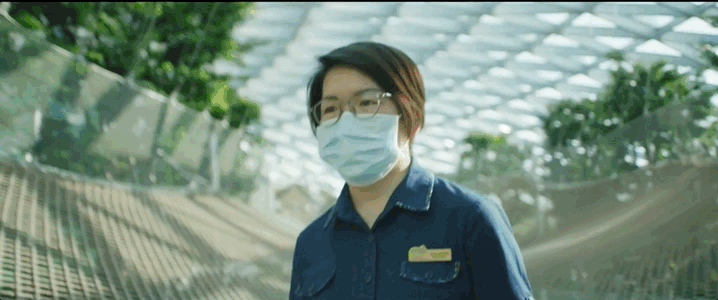The realm of film and video production is an intricate and fascinating world. Creating a video, however, is a delicate art form that requires meticulous attention to detail. To avoid missteps, here are some essential dos and don'ts that every aspiring filmmaker should keep in mind.

Dos:
Plan and Set Clear Goals
Before commencing the video production process, it is of utmost importance to have a well-thought-out plan that establishes clear goals. A filmmaker must determine what they want to achieve and create a roadmap to help them get there. A well-structured plan acts as a guiding light that will steer them towards their desired outcome. Which could be a client's marketing goal or inspiring an audience to sway their preference.
- Create a Storyboard
The creation of a storyboard is a vital component that helps filmmakers approach video with a clear strategy in mind. A storyboard is a visual representation of the video, outlining the shots and the sequence of events that will occur in the video. Creating a storyboard ensures that every shot is necessary and works towards the video's overall message.
- Choose the Right Equipment
The selection of the right equipment is a crucial aspect that should not be underestimated. Filmmakers should ideally choose their equipment based on their budget and the video's requirements. We usually start with the lenses we want to use and work backward from there. But at times you can get held back by the equipment that's been rented. These sunk costs can end up costing you more by complicating your video production unnecessarily. Don't get lost in the equipment and ignore what's in the video's frame!
- Consider Location and Lighting
Location and lighting are also crucial factors to consider that will have a significant impact on the final product. The choice of location can set the tone of the video, and filmmakers should aim to choose a location that suits the video's message. Lighting is another crucial factor that can make or break the video's quality. Filmmakers should aim to use natural light whenever possible and make their artificial lighting look natural accordingly. Certain stylized videos might need colored/gelled lights used creatively.
- Start with a Hook
Starting with a hook is an effective way to capture the viewer's attention and maintain it throughout the video. With dwindling attention spans, this tool is getting more and more important. A hook can be anything that grabs the viewer's attention, such as an intriguing statement, an unexpected shot, or a unique camera angle. Starting with a hook ensures that the viewer is engaged from the very beginning.
- Tell a Story
A well-told story is key to keeping the audience engaged. Every video should tell a story that evokes emotions and captures the viewer's imagination. The story should be the backbone of the video production, and every shot should contribute to the story's narrative.
- Use Music and Sound Effects
The use of music and sound effects can amplify the overall impact of the video. Music sets the tone and mood of the video, while sound effects can add depth and dimension to the visuals. Filmmakers should aim to use music and sound effects that complement the video's story and message.
- Use Subtitles
Subtitles can make the content more accessible, ensuring that everyone can enjoy the video. Subtitles can help viewers who are deaf or hard of hearing, as well as those who do not speak the video's language.
Don'ts:
- Make the Video Too Long
The length of the video is crucial, as viewer fatigue and boredom can quickly set in if the video runs too long. Filmmakers should aim to keep the video concise and engaging, avoiding unnecessary shots or scenes that do not contribute to the video's narrative.
- Use Static Camera Work
Shaky camera work can lead to an unpleasant viewing experience but in the right dose, it can add a sense of realism. We try and introduce a bit of it by use of shoulder-mounted cameras, easy rigs, etc in our video productions. It gives the video an immersive and realistic feel.
- Ignore Audio Quality
Audio quality is essential, as it should not overshadow the visuals. Filmmakers should aim to capture clear and crisp audio, avoiding background noise or interference.
- Neglect Color Grading
Finally, neglecting color grading can have a significant impact on the final product's quality. So much of your camera's ability can be left untouched if you don't tease out the right colors and brightness values that you've captured. But more importantly, it's a creative tool to convey a mood. Almost as important as lighting on set, it can convey so much information if used optimally.
Conclusion
It may seem like a daunting task, but fear not, dear reader. The creation of professional videos need not be an insurmountable challenge.
Do not be tempted to rely solely on acquiring the fanciest equipment before embarking on your cinematic journey. Such temptations are familiar to every creator, but do not be deterred. With each new creation, you will improve and hone your craft, even with meager resources.
Reach out and let us help you on your video production journey!



